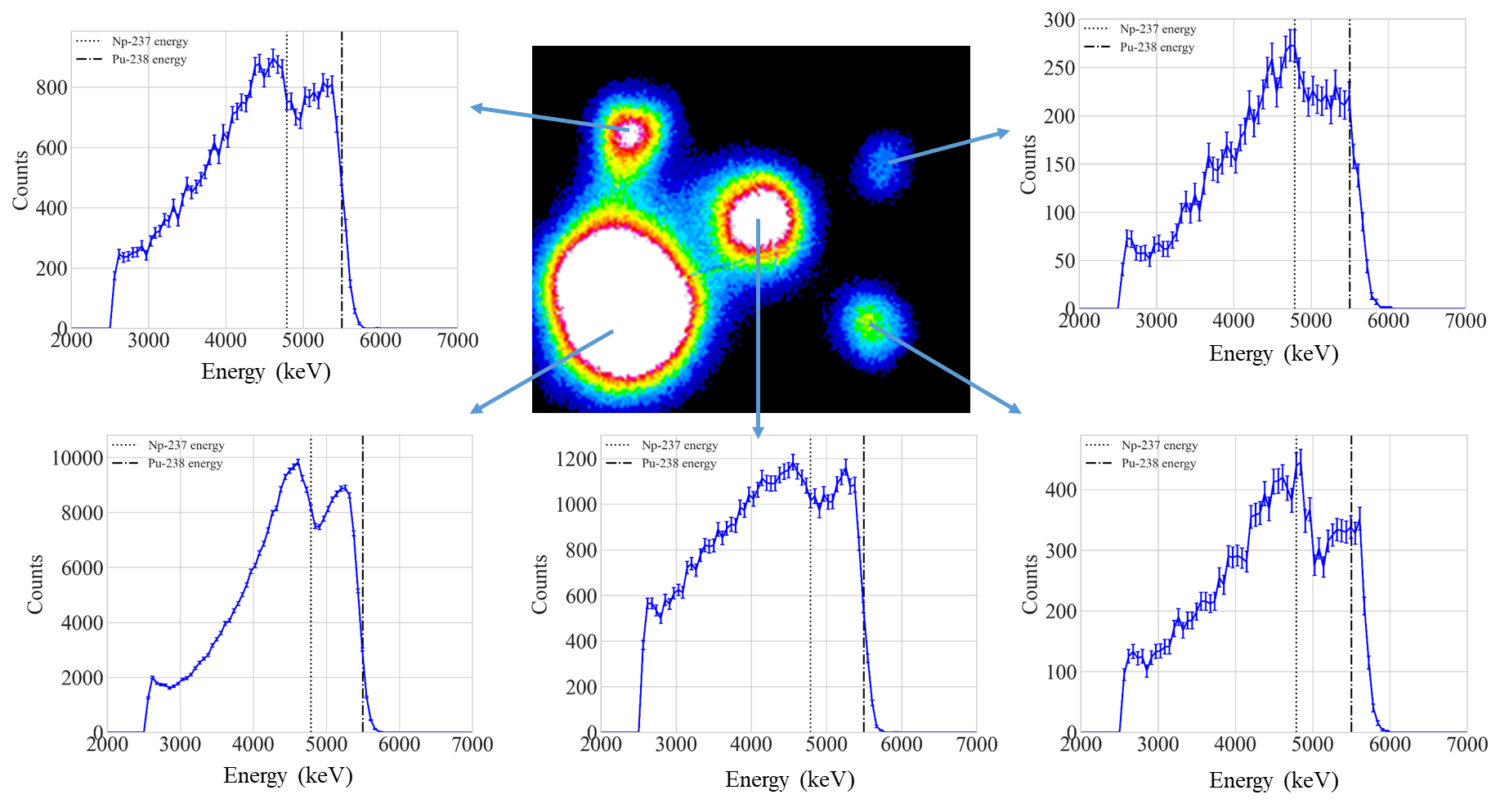When State Minister for Foreign Affairs Kenji Wakamiya, as head of the Japanese delegation, took part in the IAEA International Conference on Nuclear Security, held from February 10 to 14, he handed the committee report to IAEA Director General Rafael Mariano Grossi. That report was what the IAEA reviewed this time. Moreover, in November 2018, the IAEA sent its fourth investigative mission on decommissioning to the Fukushima Daiichi NPPs, offering various pieces of advice. The review report by the IAEA is considered a follow-up to that advice.
Contaminated water at the Fukushima Daiichi NPPs—continuingly generated during the cooling of fuel debris in the reactor buildings—is being purified using the Advanced Liquid Processing System (ALPS). The handling of the treated water containing tritium, which ALPS cannot remove, has been an ongoing issue, addressed by the ANRE committee, among others.
Both offshore and vapor release were favorably viewed by the report drawn up by the committee in February, in terms of their technical feasibility and the availability of precedents, as radiation levels would be sufficiently low in comparison with natural radiation in either case. During the disposal of the treated water, according to the report, measures will have to be enhanced to prevent unfounded fears and rumors, based on experiences in the past.
The IAEA review report states that discussions by the ANRE committee had been “based on scientific and technical grounds,” affirming the Japanese report’s conclusion that vapor release and offshore release under controlled circumstances were both “technically feasible.” The actual implementation of treated water disposal, it says, is an “unprecedented, complex endeavor expected to take decades.”
The report, noting the need for such matters as a review of safety levels, supervision by the regulatory body, monitoring programs, and the proper involvement of all stakeholders, shows the IAEA’s readiness to support the effort once the Japanese government makes it final decision on the disposal method.
Storage tanks for the treated contaminated water at the Fukushima Daiichi NPPs are expected to be full by the summer of 2022. The IAEA review report points out that a decision on a disposal method will have to be made urgently with the involvement of all stakeholders.
Starting with a session held last week in Fukushima City on April 6, ANRE will create opportunities to listen to concerned parties, with the aim of assisting the government in its decision about how to handle the treated water.












